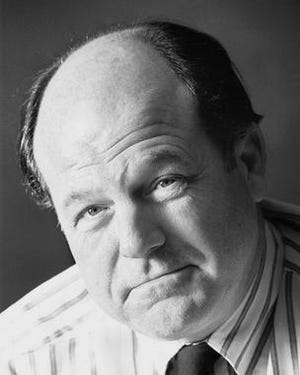Public transportation had rapid evolution in Columbus
Unlike large cities with densely populated downtowns, Columbus does not have large numbers of taxis waiting in lines outside the large buildings in the central city.
Nevertheless, today it is not that difficult to get a chauffeured vehicle. With services like Uber and Lyft, we have all sorts of services competing with the established taxi lines.

In earlier days when Columbus was a smaller place, one might have thought public transportation would have been less complicated and less competitive.
Of course, that was not the case.
An early history of Columbus observed that public transportation had a slow start before a rapid evolution.
“Before the construction of railways, there was little demand in Columbus for anything in the way of an omnibus or hack. Stagecoaches called at the door to take up or discharge passengers. Upon the opening of the Columbus and Xenia Railway (in 1851), the omnibus made its first appearance but only to carry passengers and baggage to and from the station. In 1853, a triweekly omnibus line between Columbus and Canal Winchester was started; there was also a line to Worthington which was reported to be ‘doing an excellent business.’”
More:As It Were: Early streets in Columbus didn’t provide smooth passage
More:As it Were: ‘Sunset’ Cox had a way with words as newspaper owner
With the success of these initial lines, it did not take long for a bit of competition to develop.

“In March 1855, Thomas Brockway introduced what was known as a ‘pygmy omnibus,’ a diminutive vehicle which carried four persons besides the driver. The newspapers said of these carriages: ‘The ladies find them convenient for shopping and the beaux will not use anything else for evening parties.’ But their popularity was short-lived. They were speedily and entirely superseded by the more stylish ‘hack.’”
“The ‘hack’ was introduced by W.B. Hawkes & Co., and during (the Civil War from 1861 to 1865) this species of vehicle did a thriving business. Money was plenty, officers and soldiers were prodigal with their funds and the hackmen got the benefit. A city ordinance fixed their compensation at 25 cents per passenger, or $1 per hour. … Since the close of the war the patronage of hacks has greatly diminished.”
Part of the reason for their decline was competition from a chariot company.
“A line of chariots was established in 1878 and met with much favor. On April 23, 1881, a chariot company was organized with C. C. Corner as president. The Columbus Transfer Company was incorporated Sept. 17, 1881. … On Dec. 30, 1881, an announcement was made that the company had purchased the property of W. B. Hawkes & Co., including their omnibuses, horses and other equipment. In 1882, the Transfer Company erected large stables and warerooms on Naghten Street (Nationwide Boulevard) between High and Third.”
Hawkes did quite well for himself.
With success with his hacks and a complementary stagecoach line, Hawkes was able and willing to practice more than a little practical philanthropy in his city. Observing that Starling Medical College and Hospital – near the place where OhioHealth Grant Medical Center is today – had brought medical assistance to downtown Columbus, Hawkes decided to bring the same sort of help to the Franklinton neighborhood west of the Scioto. Hawkes Hospital was a success and ultimately would become Mount Carmel Hospital.
“In 1886, the Palace Livery Stable introduced the Hansom cab, which was said to be the first of its kind in use in Ohio. And … it was also the last. These vehicles did not prove to be popular. The hackney-coach, or as it is commonly known, the hack, and the coupe have superseded all other street conveyances, except private carriages drawn by horses.”
Some of the reason there was less success with all these forms of conveyance was the poor condition of most roadways and the rather intense competition from emerging streetcar lines in most parts of the city.
By the early 1890s, the plethora of small neighborhood streetcar lines had merged, been electrified and become the Columbus Railway Power and Light Co. That company eventually divested itself of its transportation services. The business became the Columbus Transit Co. and ultimately the Central Ohio Transit Authority. The Power and Light Co., after some corporate changes, became part of American Electric Power.
Streets and byways became easier to use with asphalt paving, which was in response to public demand and the increasing use and popularity of the automobile. Through all these changes, the driver in a vehicle for hire continued to provide service to customers who needed a way to get to places desired and not easily reached quickly, safely or economically by other means.
Columbus is an urban area without mountains or large bodies of water, and there always has been and remains a need for a variety of public transportation.
Local historian and author Ed Lentz writes the As It Were column for ThisWeek Community News.
Read More: Public transportation had rapid evolution in Columbus

